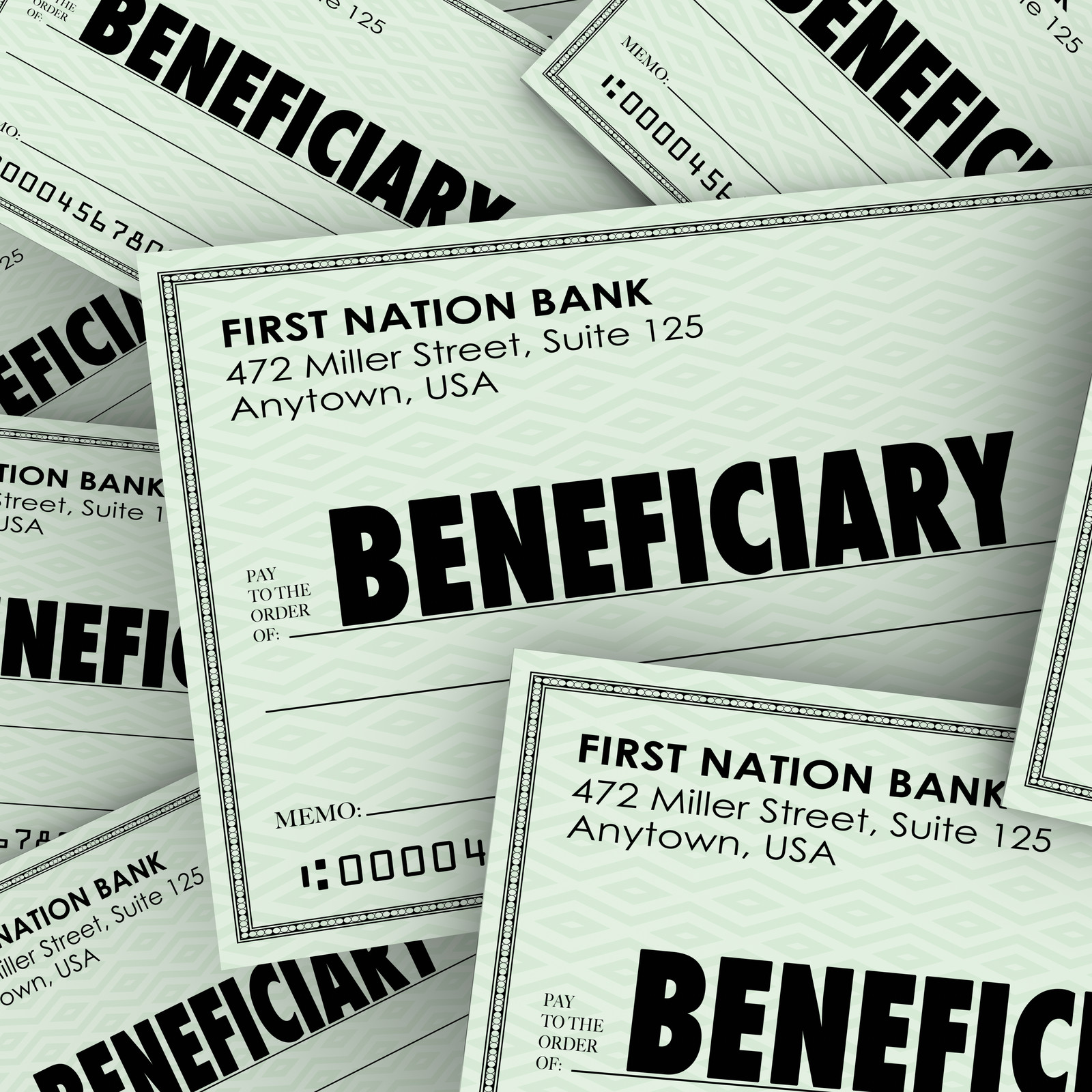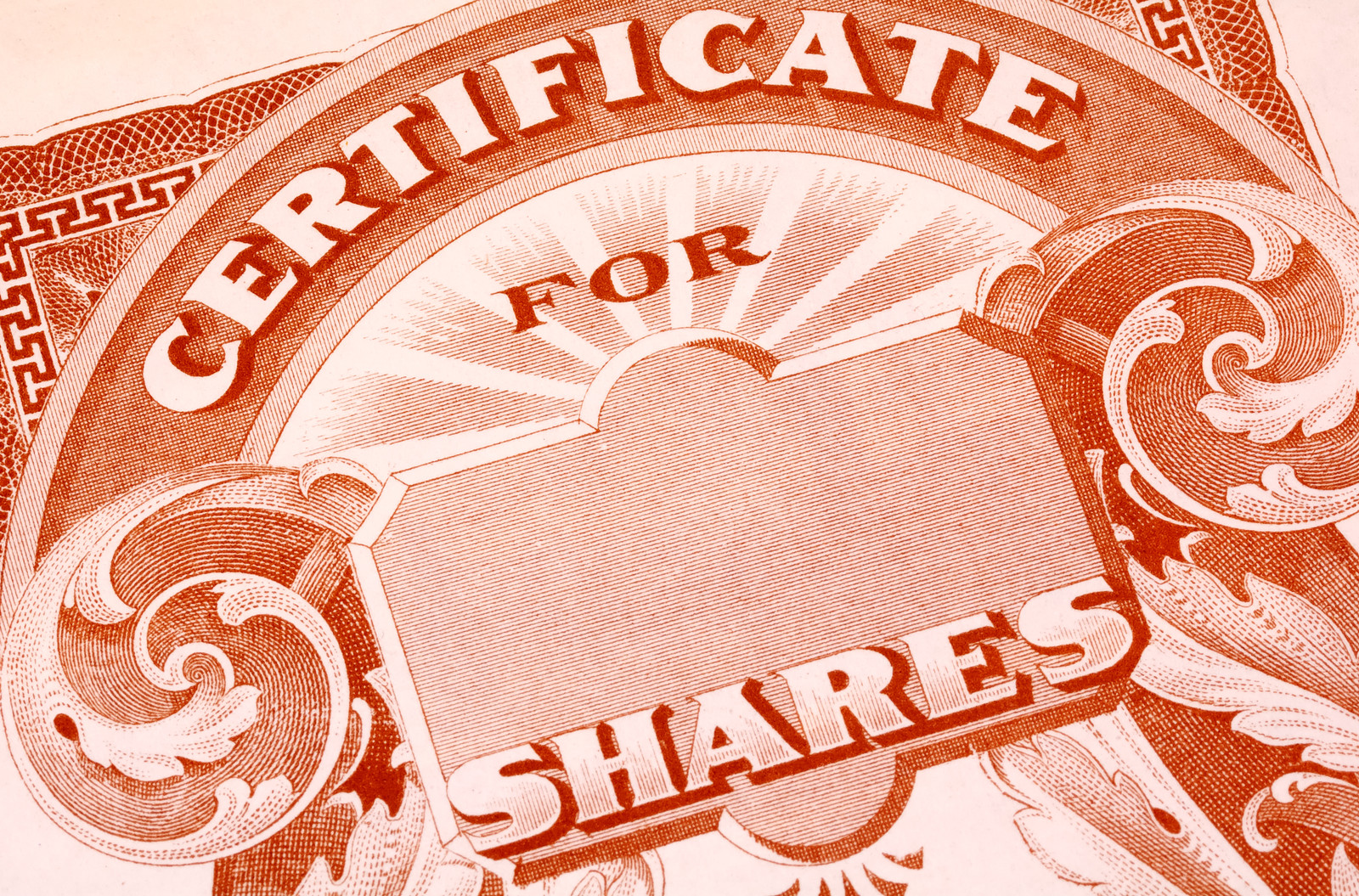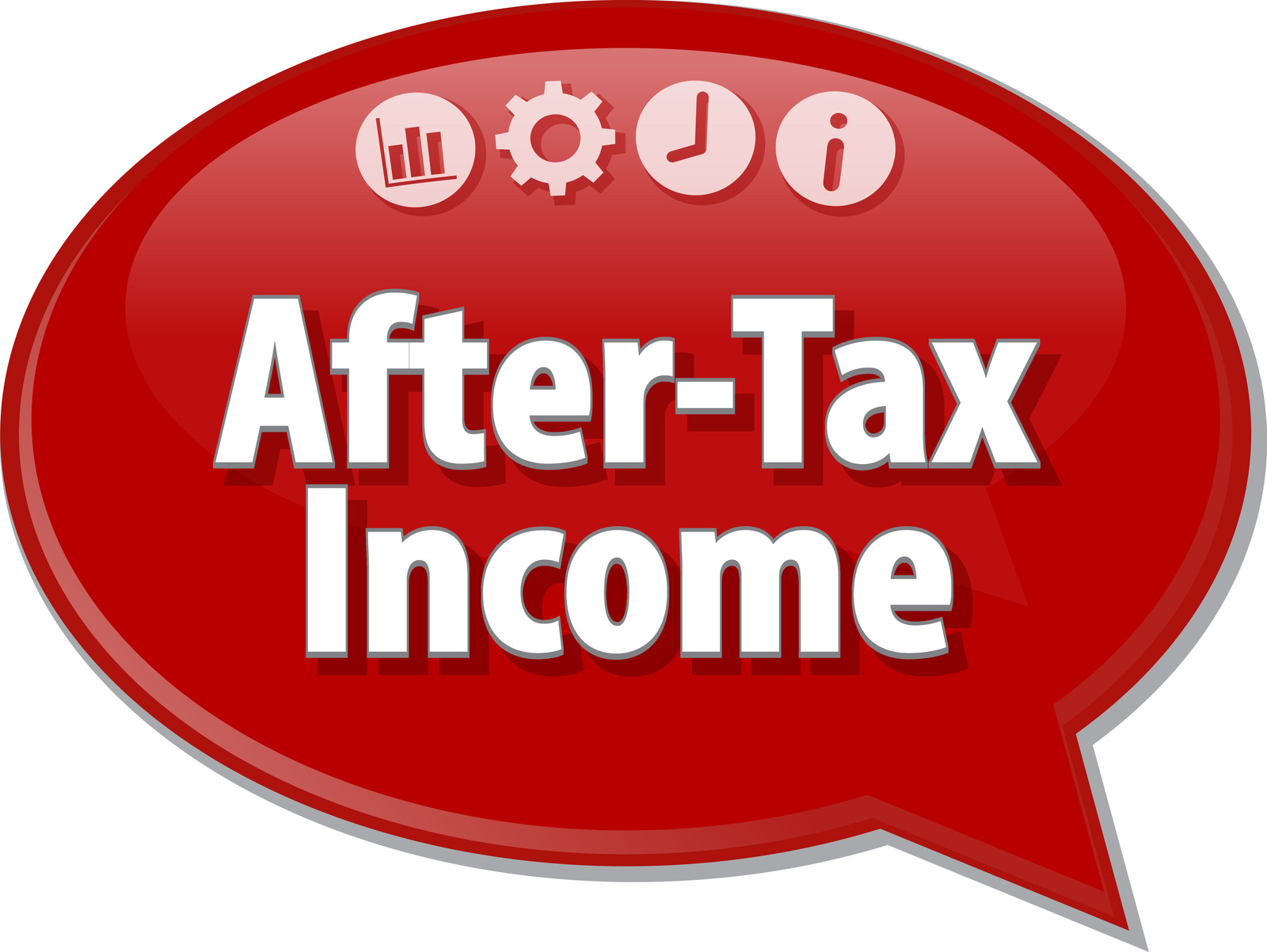 |
||
 |
||
|
Six Best and Worst IRA Rollover Decisions
|
||
 |
||
 |
||
|
Six
Best and Worst
IRA Rollover Decisions
Written by Financial Educators
Provided to you by
John C. Gilbert
MBA
1195381
Six Best and Worst
IRA Rollover Decisions
(When You Retire or Change Jobs)

IRA owners and their advisors can make expensive mistakes handling IRA rollovers. These mistakes range from the simple to the complex. A simple mistake occurs when an employee takes a check when they retire and their employer must withhold 20%. In order to complete a tax-free rollover, the IRA owner needs to replace the 20% withheld by their employer using their own funds to meet the tax-free rollover requirement within 60 days (more on this later).1 Then there's the more complex mistake—the advisor who does not realize that his client may be ahead by distributing employer stock and paying taxes now (likely at 22% federal) rather than rolling over employer stock and paying up to 37% later.2
Read on for the dos and don'ts of handling IRAs.
Best Decisions
1. Leave money in the qualified plan if retiring between ages 55 and 59½ and distributions are required.
Since there is no penalty on withdrawals from a qualified plan (a company plan such as 401k and profit sharing) after attainment of age 55 and separation from service (age 50 for qualified public safety employees), distributions are more liberal than if funds are rolled to an IRA.3 Once funds are rolled to an IRA, there is generally a penalty for withdrawals prior to age 59½. Therefore, it's best for people who need money from their retirement account in this age bracket to leave the money as is, in their company retirement plan.
Often, people who have already completed their rollover are younger than age 59½ and need a distribution. In these cases, they can use rule 72(t) to avoid penalties. When they do this, it's best to split the IRA into pieces for maximum benefit.
Each IRA stands on its own, which means that taking 72(t) distributions from one account has no effect on the others. Therefore, if one IRA produces more income than is needed when placed on 72(t) distributions, you could split the IRA into more than one account, and use one of the smaller accounts to make your withdrawals. And in the future, if you need more income, you could begin equal distributions from another account as well. This could provide greater flexibility in meeting your immediate and future income requirements if under age 59½.4
2. Make optimal use of creditor protection

 Some IRA owners and financial advisors think
that the federal bankruptcy rules automatically protect
IRAs. That is not true. For creditor protection purposes, it's best
for an individual to leave his funds in a qualified plan because ERISA gives
complete creditor protection to qualified plans (note that one person qualified
plans do not receive the protection—there needs to be at least one “real” employee
in the plan). If the individual does roll over his qualified plan into
an IRA, it is optimal to leave these funds in a separate rollover IRA because
the protection that the funds had under ERISA will follow the funds into the
rollover IRA.
Some IRA owners and financial advisors think
that the federal bankruptcy rules automatically protect
IRAs. That is not true. For creditor protection purposes, it's best
for an individual to leave his funds in a qualified plan because ERISA gives
complete creditor protection to qualified plans (note that one person qualified
plans do not receive the protection—there needs to be at least one “real” employee
in the plan). If the individual does roll over his qualified plan into
an IRA, it is optimal to leave these funds in a separate rollover IRA because
the protection that the funds had under ERISA will follow the funds into the
rollover IRA.
According to the Supreme Court, IRAs are creditor protected to the extent reasonably necessary for your support. In the case of people with other assets, it is unwise to rely on the Courts decision.5
Individuals may in fact have protection under the federal bankruptcy laws or their state's rules addressed below. Unfortunately, the protection one has is not always clear. Not all states actually use the federal bankruptcy exemptions. In fact, some have state level bankruptcy exemptions. Consequently, in some states, the exemptions must be used; in other states, the individuals have the choice of federal or state exemptions, and only in the remaining states must the federal statutes be used. Consequently, the Supreme Court's decision will only apply in states where the individual has a choice between state and federal exemptions and chooses the federal exemptions or in states where the federal rules must apply.
ERISA protection provided to money in a qualified plan [401(k), etc] universally preempts state law and always provides creditor
protection. It's also unclear whether the ruling will apply to Roth IRAs, which have far fewer age-based restrictions (since contributions can be withdrawn penalty-free at any time, and no required minimum distributions apply during lifetime). Therefore, Roth IRAs would not meet the three-prong test evaluated by the Supreme Court in the Rousey decision.
Consequently, decisions to complete IRA rollovers from ERISA-protected retirement plans must still be made carefully. Be aware that when you roll assets from a company plan to an IRA, you may lose creditor protection, so it is wise to check with legal counsel.
3. Re-Check Your Beneficiaries

 A company retirement plan (a qualified plan)
is governed by the ERISA rules. And those rules state that you must name
your spouse as a beneficiary or get spousal consent to name another person. The
same rules do not apply to IRAs.
A company retirement plan (a qualified plan)
is governed by the ERISA rules. And those rules state that you must name
your spouse as a beneficiary or get spousal consent to name another person. The
same rules do not apply to IRAs.
Therefore, in creating your rollover account,
you have the flexibility to name the beneficiaries you desire. Additionally,
always name contingent beneficiaries in the event your primary beneficiary
predeceases you. Here are some examples and you may want to check with an
estate planner to finalize your selections:
- Name your spouse as primary beneficiary and your children as contingent beneficiaries. In this situation, your spouse will inherit your IRA if he or she survives you. The children get none of the account. If your spouse predeceases you, your children inherit the IRA. Carefully consider if the beneficiaries have the capacity to manage potentially large sums of inherited money. If not, you may want to consider an IRA Asset Will or IRA Trust.
- Name your children as primary beneficiaries. They will inherit your IRA. If there are any adverse relationship issues between your children, you may want to have the IRA split so that each account goes to one child and nothing needs to be split among the children.
- Name anyone you desire. Beneficiaries do not need to be relatives.
Remember this all important rule—whoever you name as beneficiaries on your IRA account will inherit your IRA. Your will or living trust has no control over your IRA, so make sure your IRA beneficiaries are exactly as you desire.
Worst Decisions
1. Get a check from the company
Of course, this is just foolish. The company must withhold 20% from the payment, so that a person with a $100,000 account will have $20,000 withheld, and will receive a check for $80,000. In order to complete a tax-free rollover, the taxpayer must deposit that $80,000 in an IRA plus $20,000 from their pocket to complete a tax-free $100,000 rollover.
The taxpayer may eventually get the $20,000 withheld as a tax refund the following year, but that will not help their cash flow, as they need to complete their IRA rollover within 60 days of receiving the check from their qualified plan.
The bottom line is that people should never touch their qualified funds. The only sensible way to move funds is a direct transfer from the qualified plan to the IRA custodian and avoid withholding.
2. Rollover company stock

 Shares of employer stock get special tax treatment
and, in many cases, it may be fine to ignore this special status and roll the
shares to an IRA. This would be true when the amount of employer stock is small,
or the basis of the shares is high relative to the current market value.
Shares of employer stock get special tax treatment
and, in many cases, it may be fine to ignore this special status and roll the
shares to an IRA. This would be true when the amount of employer stock is small,
or the basis of the shares is high relative to the current market value.
However, in the case of large amounts of shares
or low basis, it would be a very costly mistake not to use the Net Unrealized
Appreciation (NUA) Rules.6
If your company retirement account includes highly appreciated company stock, an option is to withdraw the stock, pay tax on it now, and roll the balance of the plan assets to an IRA. This way you will pay no current tax on the Net Unrealized Appreciation (NUA), or on the amount rolled over to the IRA. The only tax you pay now would be on the cost of the stock (the basis) when acquired by the plan.
If you withdraw the stock and are under 55 years old, you have to pay a 10% penalty (the penalty is only applied to the amount that is taxable).
IRA owners can then defer the tax on the NUA until they sell the stock. When you do sell, you will only pay tax at the current capital gains rate. To qualify for the tax deferral on NUA, the distribution must be a lump-sum distribution, meaning that all of the employer's stock in your plan account must be distributed.
Hypothetical Example
Jackie just retired and has company stock in her profit sharing plan. The cost of the stock was $200,000 when acquired in her account, and is now worth $1 million. If she were to rollover the $1 million to her IRA, the money would grow tax-deferred until she took distributions. At that time, the withdrawals would be taxed as ordinary income (up to 37% federal for years 2022-2025). When Jackie dies, her beneficiaries would pay ordinary income tax on all of the money they receive.
But if Jackie withdrew the stock from the plan rather than rolling it into her IRA, her tax situation would be different. She would have to pay ordinary income tax on the $200,000 basis. However, the $800,000 would not be currently taxable. And she would not have to worry about required minimum distributions on the shares. If she eventually sells the stock, she would pay the lower capital gains tax on the NUA and any additional appreciation.
Jackie's beneficiaries would not receive a step-up-in-basis for the NUA. However, they would only pay at the capital gains rate. Appreciation between the distribution date and the date of death would receive a step-up-in-basis (based on tax rules in effect in 2022-2025); and, therefore, would pass income tax-free. In the examples below, we use the maximum tax rates in effect in 2022, 20% for capital gains and 37% for ordinary rates. (Note that a small percentage of very high income earners may pay an additional 3.8% tax on capital gains).
With NUA |
|
Without NUA |
|
37% Tax on $200,000 |
$74,000 |
37% Tax on $1 million |
$370,000 |
20% Tax on $800,000 |
$160,000 |
|
|
Total Tax |
$234,000 |
|
$370,000 |
Let's assume the stock value increases to $1.5 million in five years, and she decides to sell.
|
With NUA |
Without NUA |
Taxable Amount |
$1.3 million |
$1.5 million |
Tax Rate |
20% |
37% |
Potential Income Tax to Jackie |
$260,000 |
|
Plus Amount Previously Paid |
$74,000 |
|
Total Tax |
$334,000 |
$555,000 |
Finally, assume that Jackie died in five years after the stock increased to $1.5 million. What would her beneficiaries have to pay?
|
With NUA |
Without NUA |
Taxable Amount |
$800,000 |
$1.5 million |
Tax Rate |
20% |
37% |
Income Tax |
$160,000 |
$555,000 |
Amount Receiving Step-Up in Basis |
$500,000 |
0 |
3. Rollover after-tax dollars

 Sometimes, qualified plan accounts contain after-tax dollars. At
the time of rollover, it is preferable to remove these after-tax dollars, and
not roll them to an IRA. That way, if the account owner chooses to use
the after-tax dollars, he will have total liquidity to do so.
Sometimes, qualified plan accounts contain after-tax dollars. At
the time of rollover, it is preferable to remove these after-tax dollars, and
not roll them to an IRA. That way, if the account owner chooses to use
the after-tax dollars, he will have total liquidity to do so.
You can take out
all of the after-tax contributions, tax-free, before rolling the qualified
plan dollars to an IRA. You also have the option to rollover pre-tax and after-tax
funds from a qualified plan to an IRA and allow all the money to continue to
grow tax-deferred.
The big question is, “will you need the money soon?” If so, it probably will not pay to rollover the after-tax money to an IRA, because once you roll over after-tax money to an IRA, you cannot withdraw it tax-free. The after-tax funds become part of the IRA, and any withdrawals from the IRA are subject to the “Pro Rata Rule.”
The Pro Rata Rule requires that each distribution from an IRA contain a proportionate amount of both the taxable and non-taxable amounts in the account. The non-taxable amounts are called “basis.” In an IRA, the basis is the amount of non-deductible contributions made to the IRA.
Example
Paula has $100,000 in an IRA; $20,000 is the basis (the total of her non-deductible contributions made over the years). She rolls over $200,000 from her former employer's plan to the IRA, of which $10,000 is from after-tax contributions. After the rollover, she'll have $300,000 in her IRA. The basis becomes $30,000 (the $20,000 non-deductible plus the $10,000 of after-tax funds rolled into the IRA = $30,000 basis).
Now Paula wants to withdraw $10,000 of after-tax money from the IRA, figuring it will be tax-free. It will not. Only $1,000 of the withdrawal will be tax-free. She will pay tax on the other $9,000. The Pro Rata Rule requires each withdrawal contain a proportionate amount of both taxable and non-taxable funds. Therefore, the non-taxable amount in the IRA is $30,000, and that is 10% of the total $300,000 IRA balance after the rollover. This means that each withdrawal will be 10% tax-free and 90% taxable.
Another option is to convert Paula's entire $300,000 IRA to a Roth IRA (assuming she otherwise qualifies for the conversion). Then all withdrawals will be tax-free. She will pay tax on $270,000; the $30,000 of basis will transfer tax-free to the Roth IRA. A partial conversion will require the use of the Pro Rata Rule.
The seemingly simple task of rolling over money from a company plan to an IRA bears many complicated decisions. If talking with a professional would be of value, we welcome your questions.
About
John C. Gilbert
 John Gilbert has been assisting seniors and helping educators save money for retirement for 20 years. He protects their assets. He has advised retirees of many school districts like HISD, Aldine, and Spring ISD just to name a few with how to create an income stream they cannot outlive and save money for retirement. John is a licensed agent in the state of Texas and an expert in helping retirees preserve their assets and increase their income.
Mr. Gilbert graduated from University of St. Thomas in December 1995, with an MBA in Business after some undergraduate work at Prairie View A&M University. To avoid the most frequent ways that many retirees ruin their finances, do not miss the opportunity to schedule an appointment with him.
John Gilbert has been assisting seniors and helping educators save money for retirement for 20 years. He protects their assets. He has advised retirees of many school districts like HISD, Aldine, and Spring ISD just to name a few with how to create an income stream they cannot outlive and save money for retirement. John is a licensed agent in the state of Texas and an expert in helping retirees preserve their assets and increase their income.
Mr. Gilbert graduated from University of St. Thomas in December 1995, with an MBA in Business after some undergraduate work at Prairie View A&M University. To avoid the most frequent ways that many retirees ruin their finances, do not miss the opportunity to schedule an appointment with him.
About
John Gilbert
John Gilbert, an independent agent with In-Line Insurance and Annuities seeks to preserve clients assets and our style would be properly considered to be "conservative." Most of our clients are looking for strategies to help them plan to save for retirement or age 60+ and retired but looking for a place to park some money that will give them upside potential and downside protection. Our approach have been successful in preserving client account values even during volatile times.
| · | Wealth Management – preserve your capital - |
| · | Insurance Services – assure that your risks in life are insured for so that an unforeseen event does not destroy your savings and financial plan. - |
| · | Insurance Plans – Whole Life Insurance, Index Universal Life, and Term Insurance - |
Phone today with questions or to see if we can help you.
There is no charge for an initial meeting.
John C. Gilbert
MBA
(832) 722-4749
John Gilbert
[email protected]
413 West Parker Road Suite A
Houston, TX 77091
©2015 Financial Educators
First Published 9/5/08
This booklet is protected by copyright laws. It may not be reproduced or distributed without express written permission of the author by
anyone other than those with an active subscription to SeniorLeads™ or advisorbooklets.com.
Published by Financial Educators
1 ↑ IRS: Rollovers or Retirement Plan and IRA Distributions https://bit.ly/2c7qx8K visited 12/20/21
2 ↑ IRS publication 575 discusses taxation on distribution of employer stock. For 2022, the 22% marginal tax rate applies to individuals with taxable income between $41,775 and $89,075 and to married taxpayers filing jointly with taxable income between $83,550 and $178,150.
3 ↑ Ibid.
4 ↑ Once rule 72(t) is selected, distributions must be taken for at least five years on that schedule or until age 59½, whichever is later.�Failure to complete the schedule will result in a 10% penalty on prior withdrawals. IRS Publication 590-B
5 ↑ Rousey v. Jacoway (03-1407). https://en.wikipedia.org/wiki/Rousey_v._Jacoway